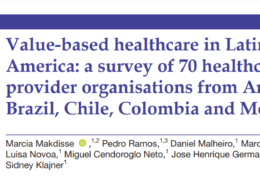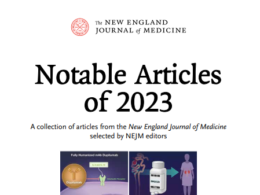This is an excerpt of the publication above, focusing on: (1) bio + health, (2) american dynamism, and (3) enterprise
ihealthtransformation
institute for continuous health transformation
Joaquim Cardoso MSc
Founder and Chief Researcher & Editor
December 19, 2022
Source:
Andreessen Horowitz
December 15, 2022
This time of year, the floodgates open to a deluge of best-of lists and end-of-year recaps. But we at a16z have always been more interested in what’s to come.
We asked dozens of partners across the firm to spotlight one big idea that startups in their fields will tackle in 2023.
From entertainment franchise games to the precision delivery of medicines, small modular reactors to loads of AI applications, here are 40+ builder-worthy pursuits for the year ahead, according to the a16z team.
Table of contents
- Big ideas in consumer tech
- Big ideas in bio + health
- Big ideas in fintech
- Big ideas in games
- Big ideas in American Dynamism
- Big ideas in enterprise
- Big ideas in crypto
Below we present an excerpt of the 3 categories highlighted above: (1) bio + health, (2) american dynamism, and (3) enterprise.
For the other categories, please, refer to the original publication
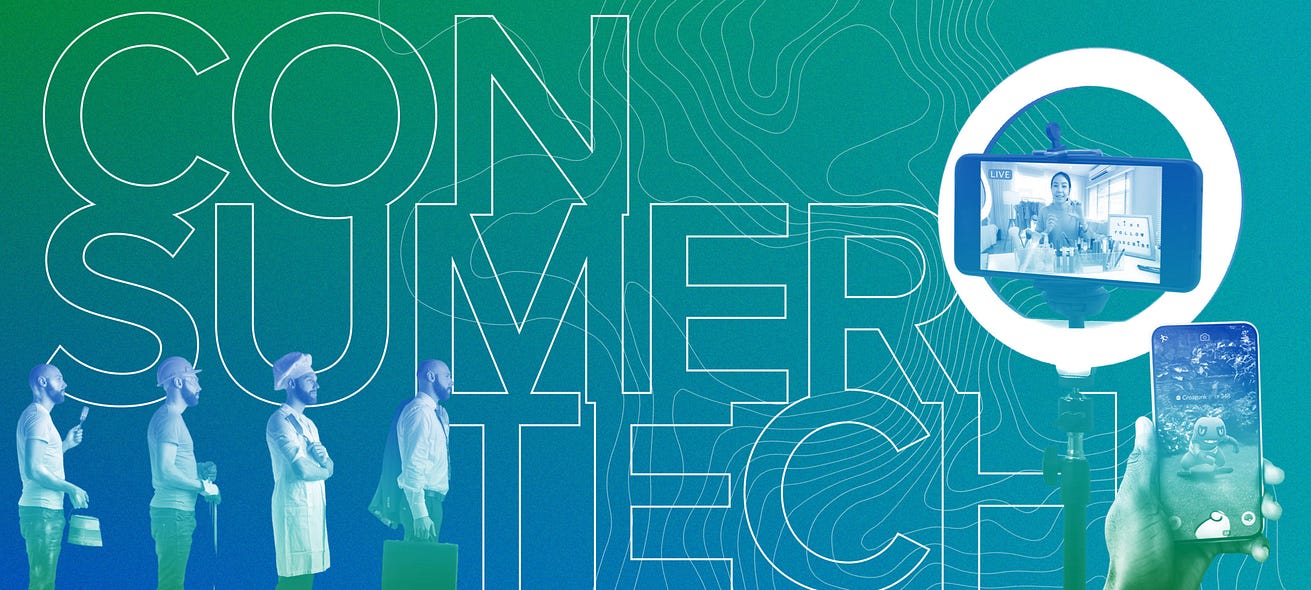
- Breakthroughs in Buying (Finally!)
- Labor Marketplaces Become Specialized
- Mainstream AI Adoption: More *Fun* Than You Think
- Unlocking the “Third Place”
- Tech Reveals New Sources of Inventory
- Craigslist, Dismembered and Reinvented
- B2C Gets B2B Distribution
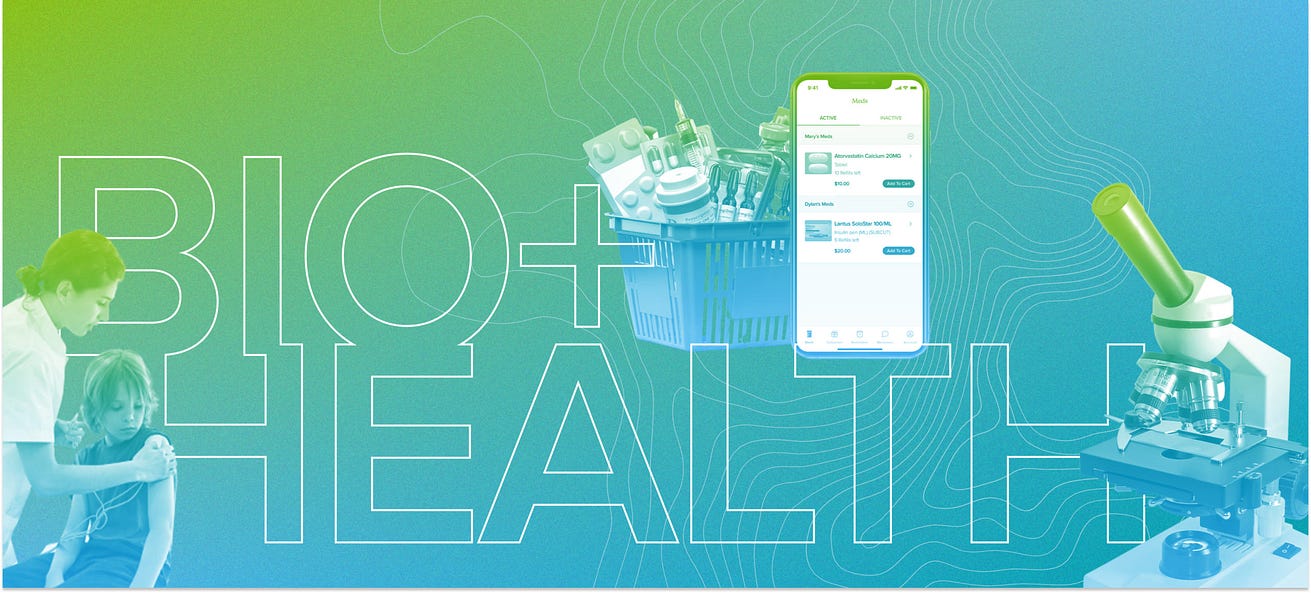
- 1.Precision Delivery of Medicines
- 2.Chemical-Induced Proximity
- 3.The Modern Bio Software Stack
- 4.The Biggest Company in the World
- 5.The Value-Based Care Stack
1.Precision Delivery of Medicines
The past few years have brought us a wealth of new therapeutic modalities capable of achieving functions only dreamed of in science fiction novels — correcting faulty genes, curing inherited disease, imparting novel functions to our body’s cells that even years of evolution haven’t accomplished.
However, medical utility of all these new technologies requires one common trick: delivering them to the cells in the human body where they will work their magic.
We have recently witnessed a boom of creative academic research and innovative startup companies tackling exactly this problem.
However, the field still struggles to safely and efficiently deliver these novel therapeutic modalities to the vast majority of organs beyond the liver, limiting therapeutic utility.
Delivery has become an industry-stalling bottleneck.
… the field still struggles to safely and efficiently deliver these novel therapeutic modalities to the vast majority of organs beyond the liver, limiting therapeutic utility.
Delivery has become an industry-stalling bottleneck
2.Chemical-Induced Proximity
Nature controls the proximity of biomolecules like RNA, DNA, and proteins to control cellular processes.
A major way nature controls biomolecule proximity is through chemistry, a concept known as chemical-induced proximity.
For instance, plants and microorganisms evolved to produce chemicals that often serve as survival or predatory mechanisms against competitors and function by inducing proximity between critical biomolecules.
Scientists have long leveraged the principle of induced proximity to study biological processes and more recently to build novel therapeutics.
A new generation of proximity-inducing chemical drugs, such as PROTACs (protein degraders), have shown incredible promise in the clinic.
Scientists have long leveraged the principle of induced proximity to study biological processes and more recently to build novel therapeutics.
A new generation of proximity-inducing chemical drugs, such as PROTACs (protein degraders), have shown incredible promise in the clinic.
3.The Modern Bio Software Stack
As software “ “ every step in the life sciences value chain — from discovery to development to distribution of new medicines — …
… the industry will have to continue engineering new processes at each step, in order to actualize the productivity gains made possible by machine learning.
In other words, new tools are required.
Today, bio companies developing new therapeutics and diagnostics are also building new tools with which to engineer biology out of sheer necessity.
Today, bio companies developing new therapeutics and diagnostics are also building new tools with which to engineer biology out of sheer necessity.
If this trend plays out as we expect , and we’re able to read, write, and execute biology, eventually there will be further specialization of labor between drug makers and tool makers.
Drug makers will continue to focus their time, effort, and resources toward being the best at developing drugs — perhaps akin to original equipment manufacturers (OEMs) in the computer, automotive, and aircraft industries.
Tool makers will focus on making the best tools.
Drug makers will continue to focus their time, effort, and resources toward being the best at developing drugs …
Tool makers will focus on making the best tools.
The pandemic and the current macroeconomic environment are accelerating this trend toward engineering new tools.
As approximately more than 300 biotechs trade at market capitalizations below the cash on their balance sheet, and the cost of capital continues to rise, life sciences companies have an even greater need for better software and data tools to conduct science more efficiently.
The industry’s appetite for science-native software-as-a-service tools is accelerating.
— Jorge Conde, general partner, and Jay Rughani, partner, bio + health team (@jorgecondebio) (@jayrughani)
If this trend plays out as we expect , and we’re able to read, write, and execute biology, eventually there will be further specialization of labor between drug makers and tool makers.
The industry’s appetite for science-native software-as-a-service tools is accelerating.
4.The Biggest Company in the World
This may sound crazy to some, but why shouldn’t this be true? Four of the top five biggest companies in the world are consumer companies and healthcare is one of the nation’s biggest industries.
Much larger, in fact, than the size of the *global* advertising industry in which consumer giants like Google and Meta operate. From that standpoint, the #1 slot *should* belong to a consumer health company.
We see two paths to a consumer health startup becoming the biggest company in the world:
1.The first is a vertically integrated path of building a “payvidor” (a combined payor and provider) that eventually owns most care. Imagine UnitedHealth Group but with the UX of Apple — who wouldn’t choose this insurance plan and provider?
2.The second is a horizontal path of building a consumer marketplace or infrastructure layer that enables all other care delivery companies.
Imagine the Amazon or Visa of healthcare.
We’d go so far as to say there is infinite room to improve the consumer experience in healthcare — and build massive companies as a result.
We expect consumer healthcare to be front and center in 2023.
— Vijay Pande, general partner, and Daisy Wolf, partner, bio + health team (@vijaypande) (@daisydwolf)
We expect consumer healthcare to be front and center in 2023.
5.The Value-Based Care Stack
As we sit somewhere in the murky middle of the adoption curve and hype cycle of value-based care (VBC), we’re unabashedly VBC optimists.
As we sit somewhere in the murky middle of the adoption curve and hype cycle of value-based care (VBC), we’re unabashedly VBC optimists.
We’re also eyes open that many “value-based” models haven’t delivered value yet.
One major reason for this is that clinical and operational models from the legacy fee-for-service (FFS) world have been transplanted into value-based paradigms, resulting in the gaming of the system versus a reorientation of care models to be focused on value from the ground up.
We’re also eyes open that many “value-based” models haven’t delivered value yet.
One major reason for this is that clinical and operational models from the legacy fee-for-service (FFS) world have been transplanted into value-based paradigms, resulting in the gaming of the system versus a reorientation of care models to be focused on value from the ground up.
VBC demands purpose-built approaches that will be built on a fundamentally different stack.
This emerging stack will support new entrant value-based digital health players and incumbents alike around unique requirements to deliver higher-value care:
- data aggregation and activation;
- actuarial modeling, contracting, and adjudication;
- panel management;
- continuous care workflow support; and
- provider ecosystem integration around referrals, co-management, and network design to name a few.
This emerging stack will support new entrant value-based digital health players and incumbents alike around unique requirements to deliver higher-value care:
If the first generation of the Digital Health Tech Stack was about enabling administrative and operational efficiency for virtual-first providers, …
… the next generation will be about helping providers bear risk, and enabling payors to collaborate in a more integrated fashion with their risk-bearing provider networks.
If the first generation of the Digital Health Tech Stack was about enabling administrative and operational efficiency for virtual-first providers, …
… the next generation will be about helping providers bear risk, and enabling payors to collaborate in a more integrated fashion with their risk-bearing provider networks.
We see this stack emerging in many product phenotypes — from SaaS platforms, to solution marketplaces, to MSOs — to service a range of buyer segments and technical sophistication.
We see this stack emerging in many product phenotypes — from SaaS platforms, to solution marketplaces, to MSOs — to service a range of buyer segments and technical sophistication.
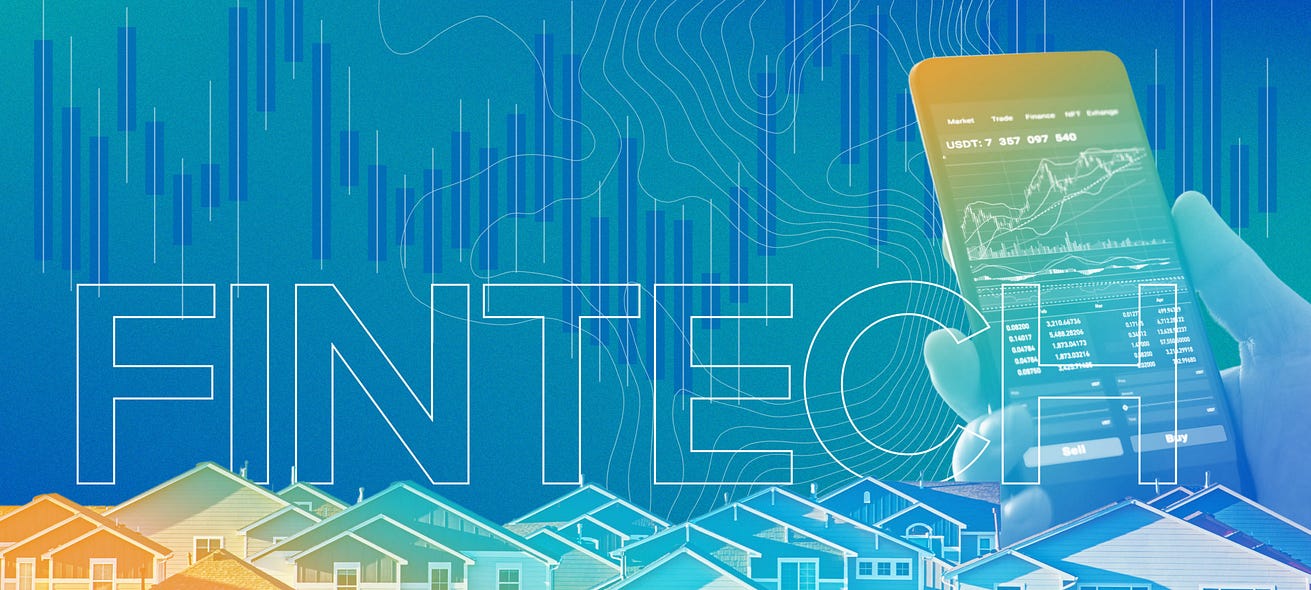
- Compliance as a Competitive Advantage
- Tools for Stretching your Dollar
- GPT Unlocks Credit Counseling
- The Infrastructure Stack for Business Banking
- The Race for “Know-Your-Everything”
- Fintechs Are Becoming Banks
- Payment Infrastructure Opportunity In Latin America
- Embracing Large Language Models While Maintaining Trust
- FedNow May Be Just the Beginning
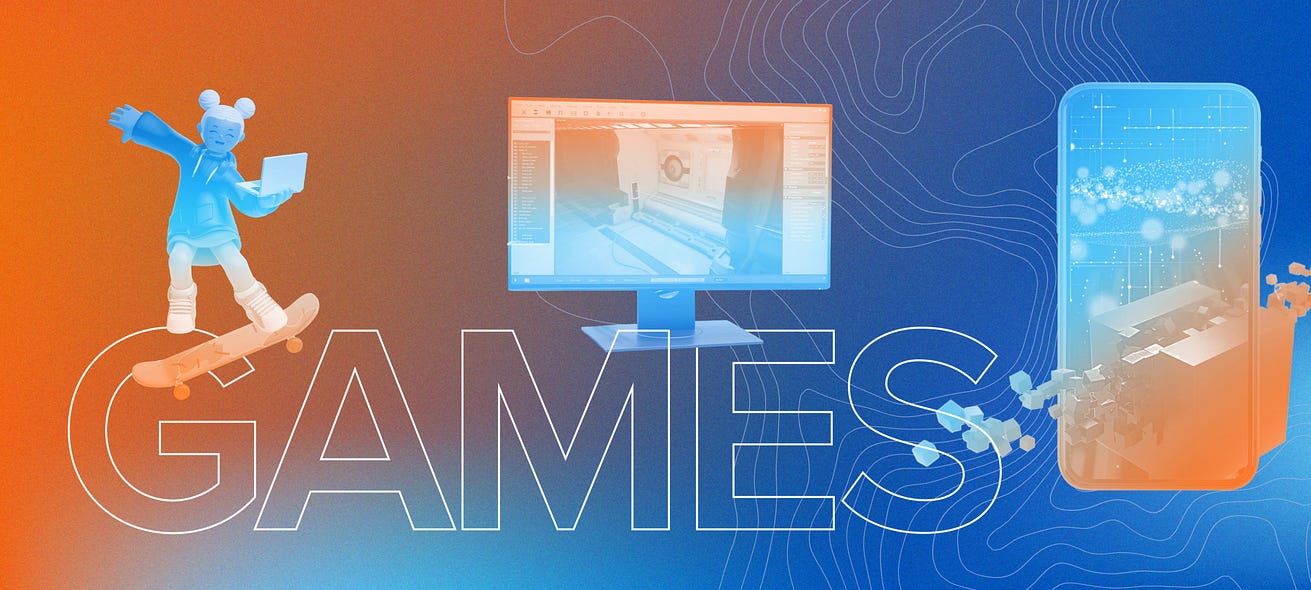
- Web3 Games Persist — and Thrive
- Production-Ready Generative AI for Every Type of Game Asset
- Entertainment Franchise Games Will Explode
- Games Developed on Mobile, for Mobile
- Games as Theater
- Games Supplant Social Networks
- Games as a Neverending Turing Test
- AI Native Games
- Web3 Games Redefine Fun
- The Metaverse Goes Fashion Forward
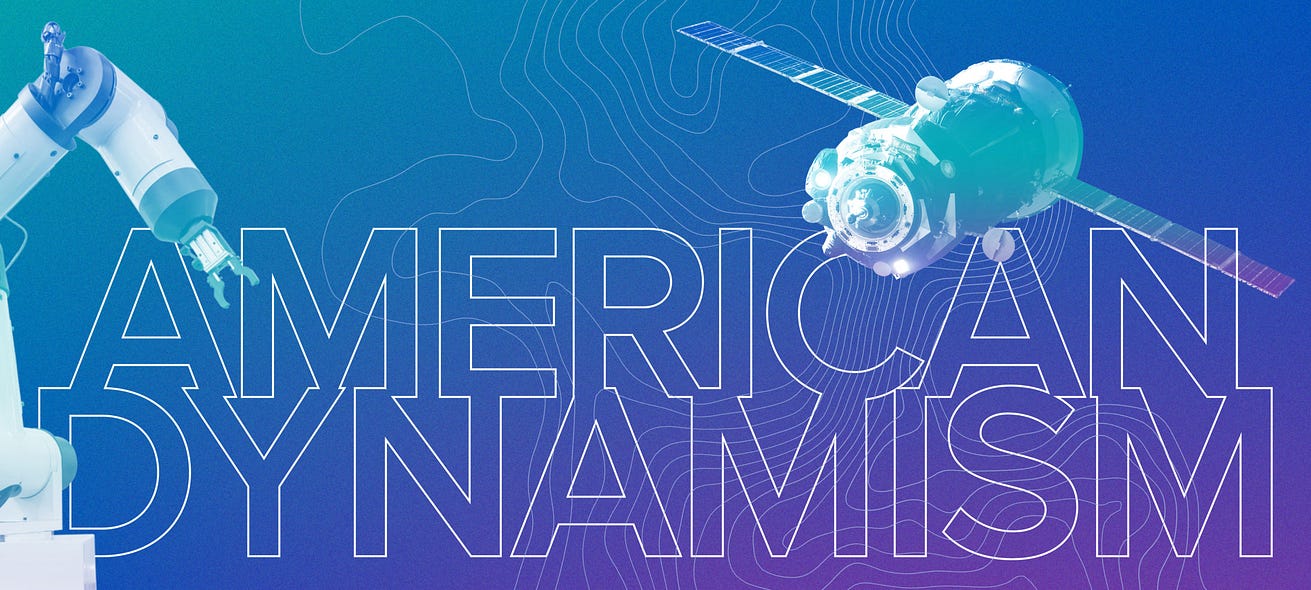
- Overhauling the Space Supply Chain
- Small Modular Reactors Advance the Nuclear Renaissance
- Industrial Robotics Scale Vertically
We’re likely to see robotics companies develop automation solutions for specific verticals, and scale to service multiple use cases within these industries, rather than performing a particular task across sectors.
Verticals with jobs that are dangerous or constrained by high turnover — waste management, for example, or industrial food preparation — represent ideal targets for such automation.
There are a few reasons this approach is compelling.
First, a vertical focus constrains the robotics problems to be solved. Thus, many companies can rely on off-the-shelf robotic hardware and focus their development efforts on grippers and other manipulators purpose-built for their specific industry. By narrowing the environments in which these robots will be deployed, these companies can shorten time to deployment and iterate faster.
Secondly, constrained use cases mean companies can focus on engineering solutions that not only replace labor, but provide a net performance improvement over humans — a key driver for companies purchasing robotics solutions.
Finally, an increasing number of robotics companies are focusing on flexibility and ease of programmability. These solutions can enable robots to be reprogrammed for a set of use cases in one industry or facility type, as opposed to performing a single, industry-agnostic task.
- Reshore and Restore: Bringing Everything Back Home
Wars, pandemics, extreme weather events, and epic infrastructure failures have pushed supply chains and power grids to the brink.
In confronting these challenges, tremendous opportunity exists.
A new class of entrepreneurs is developing solutions that address the fragility of supply chains, enable access to critical resources, resolve energy crises, and more.
These builders are modernizing entire swaths of our economy that tech hasn’t yet touched, while also accelerating the return of critical infrastructure.
In confronting these challenges, tremendous opportunity exists.
A new class of entrepreneurs is developing solutions that address the fragility of supply chains, enable access to critical resources, resolve energy crises, and more.
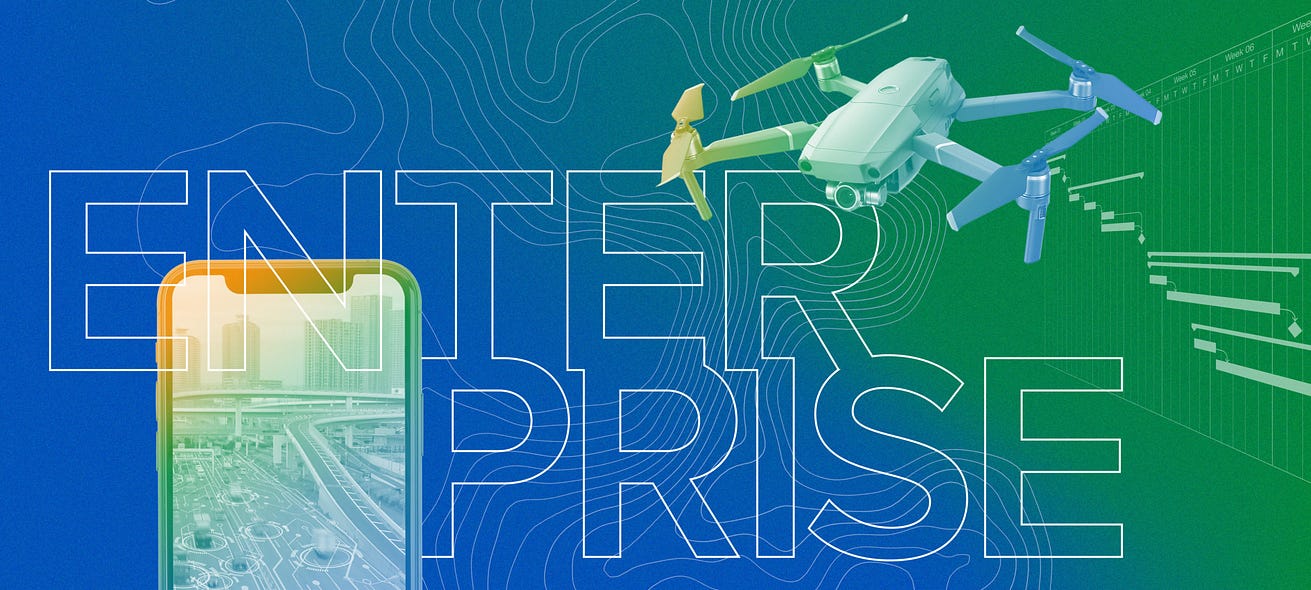
The Industrial Economy Goes Digital
Construction, agriculture, transportation, and logistics form the backbone of the industrial economy, yet have been relatively unexplored by technology thus far.
Recently, however, macro shifts — from structural labor shortages to generational turnover to forced digitization, post-Covid — have opened up new opportunities for startups to serve these industries’ needs.
Moreover, companies like Procore, Samsara, and Flexport have proven that it’s possible to build large-scale, enduring businesses in highly complicated and regulated markets.
Generative AI Advances Beyond “Text to Image” to Complex Workflows
We’re starting to see the next momentous platform shift in technology: AI is eating software.
We’re starting to see the next momentous platform shift in technology: AI is eating software.
In 2022, much of this took the form of AI-generated images of dogs flying in outer space or AI avatars reflecting the best version of our self(ies), but in 2023 and beyond, the enterprise productivity implications will start to shine.
AI will drive 10–100x performance improvements, showing companies that there is a new way to work — advancing from “text to image” to more complex workflows, such as “text to SQL queries” or, eventually, “text to excel modeling” and more.
AI will drive 10–100x performance improvements, showing companies that there is a new way to work — advancing from “text to image” to more complex workflows, such as “text to SQL queries” or, eventually, “text to excel modeling” and more.
We’re tremendously excited for the next generation of AI-native infrastructure and application companies to emerge, along with enduring existing companies that incorporate AI into their products.
We’re tremendously excited for the next generation of AI-native infrastructure and application companies to emerge, along with enduring existing companies that incorporate AI into their products.
As AI becomes increasingly democratized and underlying models potentially commoditized, …
… applications will need to differentiate on the basis of winning mission-critical workloads, as they did in the last great platform shift in moving from on-prem to cloud.
— Sarah Wang, general partner, growth team (@sarahdingwang)
Strength in Value-Based Sales
As budgets tighten, software investments will come under increased scrutiny.
Enterprises will look to do more with less and only allocate budget to those investments that deliver the highest value to the business. As such, we can expect to see retention rates, especially for product-led growth companies come under pressure. Only those companies that can demonstrate value to the business can be assured of their renewals. Companies that have invested in value-based sales motions will be better positioned in this regard.
— Joe Morrissey, general partner, growth team (@morrisseyjoe)
The Next Generation of SaaS Applications
Since the shift to cloud over a decade ago, first-gen SaaS platforms have become outdated.
Meanwhile, user demands have continuously increased. In the coming year, I expect we’ll see a new generation of SaaS platforms emerge to meet those heightened expectations for how software should work.
This is imminent for a variety of reasons: the tech industry has entered the mainstream, roles are better defined, employees are familiar with using enterprise software, and there is a proliferation of product metadata.
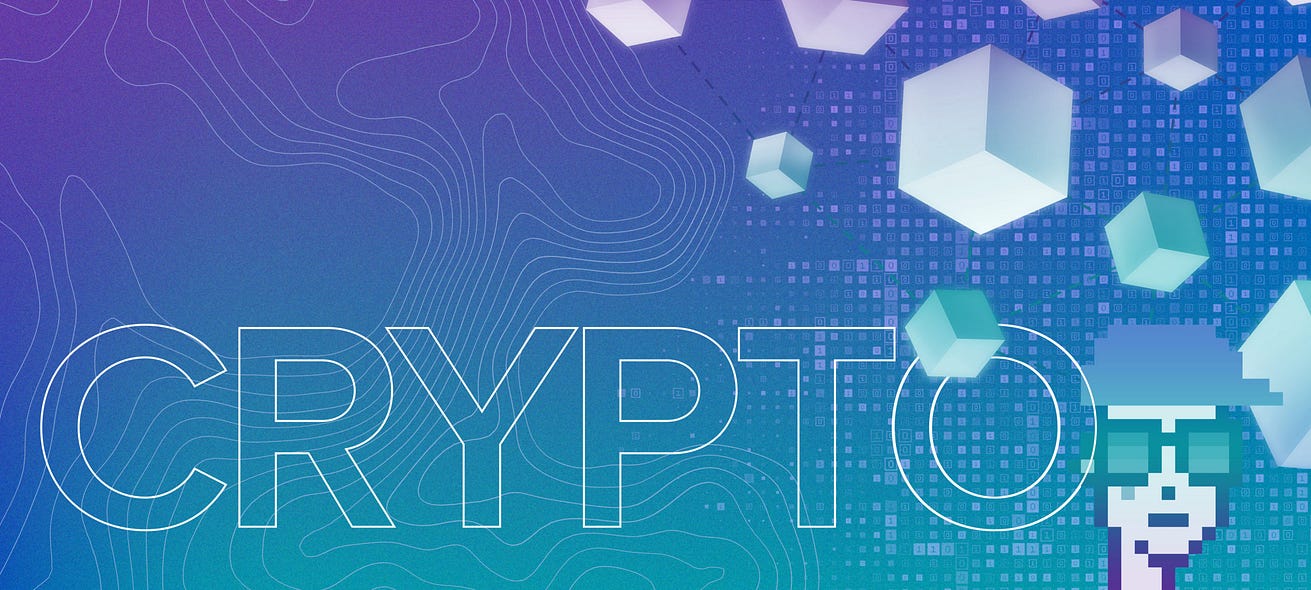
- Blockchain’s Mobile Moment
- Zero Knowledge, Multi-Party Computation, and Post-Quantum Crypto
- Developer Onboarding for Zero Knowledge
- VDF Hardware
- Fully On-Chain Games and Autonomous Worlds
- Non-Transferable Tokens
- Decentralized Energy
The views expressed here are those of the individual AH Capital Management, L.L.C. (“a16z”) personnel quoted and are not the views of a16z or its affiliates.
Originally published at https://a16z.com on December 15, 2022.





